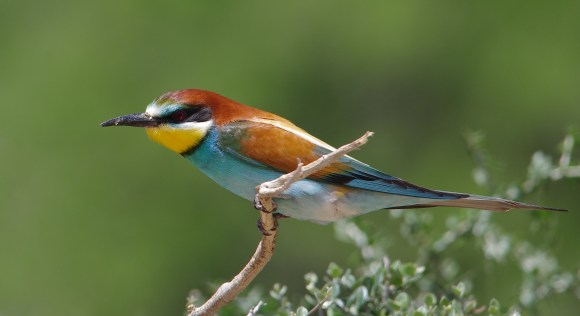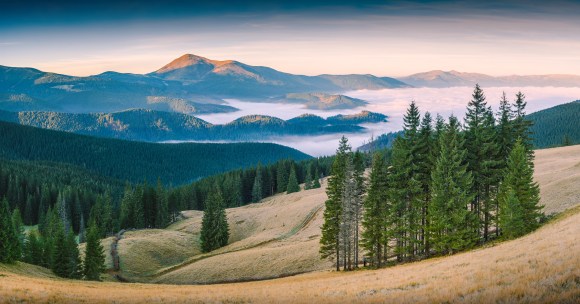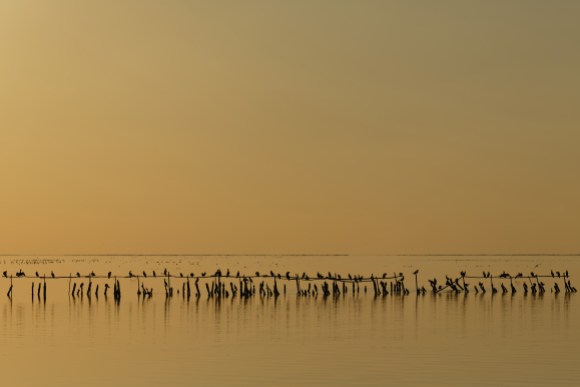
Today is World Environment Day, the United Nations’ designated day for encouraging worldwide awareness and action for the protection of our environment.
Many of us know the world faces unprecedented pressure from human activities. The United Nations Environment Programme Global Environment Outlook reports:
The state of global biodiversity is continuing to decline, with substantial and ongoing losses of populations, species and habitats. For instance, vertebrate populations have declined on average by 30 per cent since 1970, and up to two-thirds of species in some taxa are now threatened with extinction.
Education is key to reversing this decline, to find sustainable solutions to the problems we all face and to learn to live sustainably with the rest of the natural world.
Sustainable environmental action hinges on the education of all citizens, from the earliest age, in sustainable development…..No single country, however powerful, can resolve the challenges of our common environment. (Irina Bokova, Director General of UNESCO)
UNESCO created the Man and the Biosphere Programme “to establish a scientific basis for the improvement of relationships between people and their environments”. Biosphere Reserves are areas of terrestrial and coastal/marine ecosystems or a combination thereof, which are internationally recognized within the framework of UNESCO’s Programme on Man and the Biosphere (MAB). Each Biosphere Reserve promotes solutions reconciling the conservation of biodiversity with its sustainable use. Today there are 669 biosphere reserves in 120 countries belonging to a World Network of Biosphere Reserves, all offering us opportunities to explore how to live sustainably.

Wikipedia is where 500 million of us go to understand complex subjects like climate change, biodiversity and sustainability, and give us information about the world around us. It can also foster our appreciation, wonder and empathy with the rest of the natural world through photographs,.
Everyone can contribute to Wikipedia, it gives us the opportunity to share what we know and what we see, in 2015 one trillion photos were created, more than all previous years combined. More people have phones with cameras than ever before and mobile internet is becoming a major education tool for the developing and developed countries.
UNESCO and Wiki Loves Earth have partnered to create Wiki Loves Earth Biosphere Reserves, a competition to create photographs free for everyone to use and to enrich Wikipedia. 10 winning images will be shared on the UNESCO website and social media and will be entered into the Wiki Loves Earth international competition. Wiki Loves Earth competitions around the world have created over 180,000 images of protected natural sites.
If you don’t have access to a Biosphere Reserve you can still be involved by promoting the project, adding the photographs to Wikipedia and using them to teach people about the environment.
To help more people to learn about biosphere reserves, UNESCO have made the official descriptions available under a Creative Commons license, which Wikipedia volunteers will use to create missing articles.

UNESCO’s mandate is to build peace in the minds of men and women. Biosphere Reserves are the places where we discover ways to live in harmony with the environment. Wikipedia is where we inspire and teach each other how.
Wiki Loves Earth Biosphere Reserves will run from today until 30 June.
Wiki Loves Earth Biosphere Reserves is created in collaboration by the UNESCO Man and Biosphere Programme, Wikimedia volunteers (special thanks to Navino Evans, Mykola Kozlenko and Romaine), John Cummings (Wikimedian in Residence at UNESCO), and Wikimedia Ukraine.
John Cummings, Wikimedian-in-Residence at UNESCO
The views expressed in this post are not necessarily those of the Wikimedia Foundation or Wikipedia; responses and critical commentary are invited in the comments section below.

Can you help us translate this article?
In order for this article to reach as many people as possible we would like your help. Can you translate this article to get the message out?
Start translation